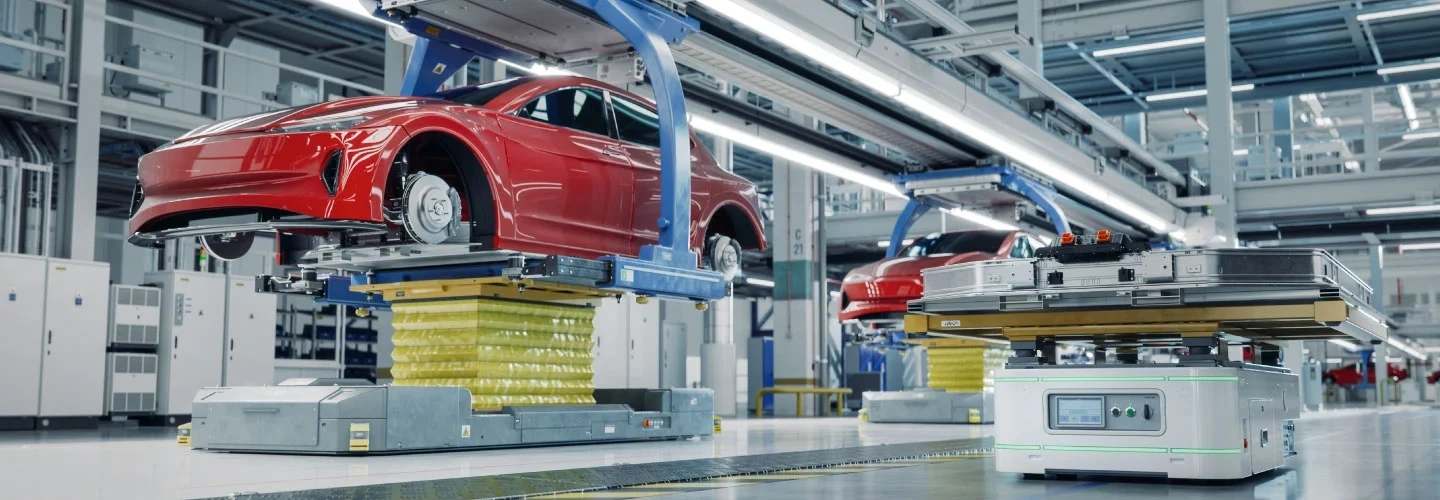Our client, a leading Japanese car manufacturer operating in Australia, desired to move to an economically viable, modern, cloud-based enterprise integration platform that could quickly connect on-premises and cloud systems to deliver a single source of truth.
The Challenge
Implementing a modern integration platform with optimized licensing costs
With their existing integration solution deemed too costly given their current and expected future needs, our client needed to migrate to a modern integration platform. They sought a technology solution with more competitive license pricing and capable of rearchitecting current integrations to be more modular, reusable, and operationally easier to maintain.

The Objective
Migrating to a robust integration platform to support business agility
Our client partnered with HCLTech to identify a single system for managing integrations across business units and enable it to implement core services, security controls and a service catalog standardized across all parts of the business With critical systems connected, their IT department could orchestrate processes via real-time and batch integrations, supporting core services and driving innovations.

The Solution
Engineering a frictionless transition to Boomi AtomSphere platform
HCLTech orchestrated a seamless migration to the Boomi AtomSphere platform — an advanced integration solution — to elevate our client's application integration capabilities.
- The journey began with a comprehensive assessment and analysis of the current MuleSoft Integration landscape, setting a solid foundation for the migration project.
- A detailed blueprint was created to migrate 120+ MuleSoft Integrations and APIs, ensuring a clear path forward for each interface's transition.
- HCLTech helped evaluate multiple message-oriented middleware options, including Active MQ, Rabbit MQ and Solace Pub/Sub, to help achieve the objectives of event-driven integrations and async integration patterns.
- We leveraged Boomi’s integration platform — with both Cloud Boomi-managed run times and multi-node on-premises molecule setup — to execute robust integrations.
- We designed, built, enhanced and supported integration interfaces and APIs to ensure optimal connection usage for Boomi connectors, thereby reducing costs and enabling quicker time to market.

The Impact
Quicker and cheaper modern integrations with channels and partners
Positive impacts of the successful project included:
- Reduced integration development time by up to 25%, meaning they can produce more integrations and manage fast-changing requirements in a more agile and responsive way
- API-first culture to drive the journey into the next-gen digital world
- Reduced licensing cost by migrating from MuleSoft to Boomi
- Reduced technical debt with the single instance, multiple tenant architecture and by building integrations adhering to the architectural tenets of modularity and reusability
- iCoE created to centralize standards and usage of Boomi services








